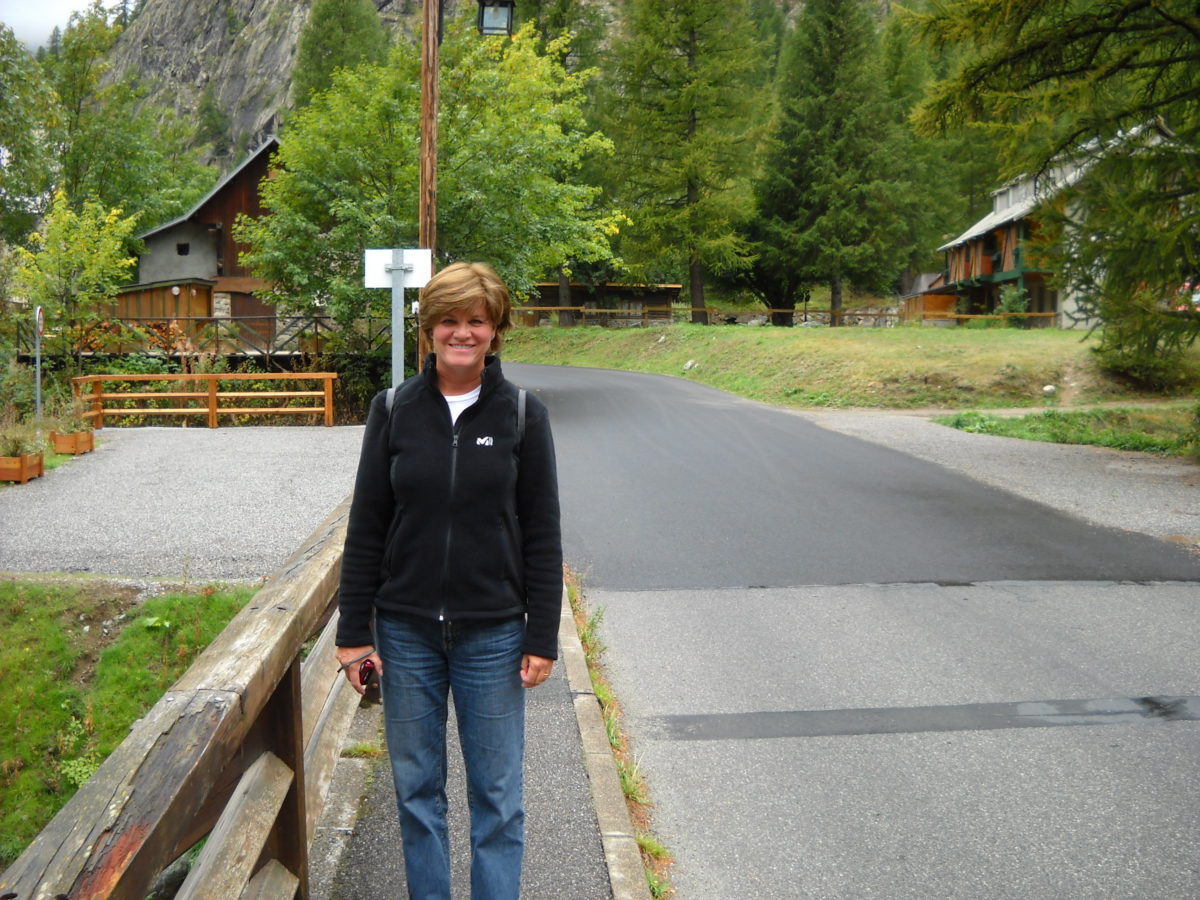Elizbeth Giraud is freshly retired, but before she left UDOT for retirement, we caught up with her and asked a few questions about herself and her agency. Here’s what she said!
1. What is your agency and what does it do?
I work for UDOT, the Utah Department of Transportation, in the Cultural Resources section of the Environmental Division. UDOT is responsible for maintaining thousands of miles of roadway in the state, including state highways and interstates. UDOT also oversees the implementation of many forms of transportation, such as bike routes and walking trails. Our motto is “Keep Utah Moving” and indeed it seems that we are always working at a breakneck speed.
People always ask me “why would UDOT need an architectural historian?” The reason is because federal and state laws require agencies to consider the impact of their actions on properties that might be eligible for the National Register of Historic Places. So that’s what I do: evaluate the impact of UDOT’s projects on individual properties after evaluating their eligibility for the National Register. UDOT then consults with the Utah SHPO and hopefully reaches an agreement on our findings. We almost always agree!
I was the first architectural historian to be hired at UDOT and have worked in this position for almost 16 years. I will retire soon! I evaluate both buildings and bridges and also find ways to mitigate the loss of these resources if the agency has to acquire a building or replace a bridge. We have had some interesting mitigation projects since I’ve been with UDOT, like restoring the Oregon Shortline Railroad depot in Layton for use as a restaurant (formerly known as “Doug and Emmy’s”), listing large neighborhoods on the National Register so property owners can get historic tax credits, and contributing to the restoration of the Rio Grande sign, which once graced the depot downtown, by the Heber Valley Railroad Authority for the railroad’s depot in Heber. We do our best to reach out to local preservation and history organizations to involve them in the environmental process.
2. Who are you?
I grew up in Salt Lake and graduated with a Master’s degree in Historic Preservation Planning from Cornell University. I worked for a few years for the Idaho State Historic Preservation Office and then for the Salt Lake City Planning Department as the Senior Planner for the city’s Historic Landmark Commission. The Commission or the staff reviews all work occurring within a locally designated historic district. Salt Lake has very large districts so I was very, very busy.
3. What is the biggest challenge in your agency for cultural resources?
The biggest challenge regarding cultural resources at UDOT is that every project has a lot of moving parts and it’s hard to balance the impacts of its projects on both built and natural resources while ensuring the safety of the traveling public and optimizing mobility. Sometimes a building that I wish the project could avoid is acquired by UDOT and for me that is painful.
4. What is the biggest positive/joy in your agency?
I would say the most positive joy in our agency as a whole is the sense that as employees we pull together to get things done. We take our roads for granted but there is so much that goes into their management, from the materials we use to managing traffic to responding to weather conditions to designing for mobility and safety. I think most UDOT employees are proud of the work they do and what they contribute to Utahns’ lives.
On a personal note I enjoy the community of cultural resource professionals — it’s very invigorating to see how others in my field interpret the built environment and share our perspectives and experience. It’s also been rewarding for me to work with local communities to learn what historic resources are important to them.
Check out UDOT’s Environmental Division here!
https://www.udot.utah.gov/connect/about-us/program-development-group/environmental-division/
